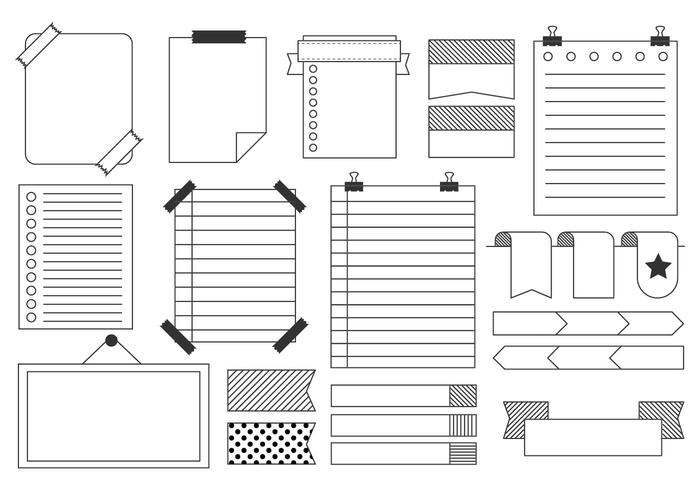Sara Michael ’23
Staff writer
On average, our short term memory can hold seven pieces of information at a time. Even for highly organized people who make Post-It notes and lists for hours on end, our brain capacity makes it hard to keep track of everything going on in our hectic lives. Enter the bullet journal.
You may have heard of this social media sensation: there are currently 4.4 million photos under the hashtag “bullet journal” on Instagram, and it has been likened to the Marie Kondo-ing of notebooks. At its core, bullet journaling is all about meaningful and organized living.
According to the official bullet journaling website, “The goal of the Bullet Journal is to help its practitioners (Bullet Journalists) live intentional lives, ones that are both productive and meaningful.”
Ryder Caroll, a 39-year-old Digital Product Designer, founded this practice in 2013 with the idea of meaningful living at the forefront. Caroll was diagnosed with attention-deficit disorder (ADD) in his teenage years. During college, he used bullet journaling as a way to not only effectively manage and organize his work, but also to collect thoughts and small meditations he had throughout the day.
The language that the Bullet Journal operates in is rapid logging, which uses bullet pointed lists to organize information and to schedule events. The bullet points fit into three categories: tasks, events, and notes, and each category uses a symbol to indicate a scheduled, completed, or irrelevant task. There’s a daily log, a monthly log, and a future log, which is used to track upcoming holidays, birthdays, and special events. You can track meal plans, fitness routines, water intake, mood fluctuations all in one little book.
There’s no right or wrong way of doing things when you’re bullet journaling. You can get as imaginative as you like, or you can create methodological spreads that conform exactly to the ones posted on the Bullet Journal website.
Tova Levine ’21 took up bullet journaling after inspired by one of the residents in her hall. She said, “I like being artsy, and [bullet journaling] is a way to be organized and creative.”
Nora Tahbaz ’23 started bullet journaling about a year ago because she was inspired by YouTuber Amanda Lee.
“[Amanda] has such an amazing artistic ability, and she shows her monthly bullet spread creations step by step,” Tahbaz said. “First I started doing the same spreads as her, but now that I’ve gotten the hang of it, I’ve started to base my spreads off of hers, but doing my own ideas.”
Tahbaz explained the benefits she sees from bullet journaling. “It helps me organize everything in my life,” Tahbaz said. “It is also a coping tool for dealing with stress and anxiety. It’s calming, and when I’m finished, I always feel like I’m more organized and ready for my week/month ahead.”
This is part of the magic of the Bullet Journal: it captures moments and deadlines before they become existing memories. As Caroll put it in an interview with Anna Rusell for The New Yorker, “For us, lists aren’t just stuff we have to do. Each task is an experience waiting to be born.”
10/10, Volume XXIX, Issue 2



